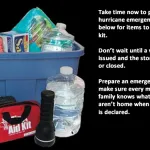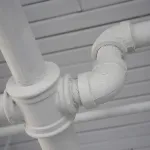Excess heat and moisture in the environment can lead to humidity in the house, and sometimes it can cause dampness around furniture and areas where direct sunlight does not reach. The general signs of humidity in the home are foggy windows, musty smell in some rooms and rotting wood. Homeowners need not always resort to artificial or electrical means to dehumidify their home, as a few simple tools can keep a home free of humidity.
- Ventilation – Areas of the house that are exposed to heat and water like the kitchen and bathroom should have proper ventilation for entry of fresh air that can drive out moisture and humidity. In cold weather when people take long hot showers, the bathrooms tend to become more humid. This is a good time to open windows and help the area dry out faster.
- Keep Houseplants Outside Temporarily – Plants are good for the house. However, these too can create humidity; instead, they should be removed from areas like bathrooms and kept on a balcony or in a window. Using limited water in house plants during winter and rainy seasons will lower humidity a significant amount.
- Dehumidifiers – There are different types of artificial dehumidifiers that can be used as tools to remove excess moisture in different parts of the house. For example, these devices include silica gel and Eva-dry Renewable Wireless Mini Dehumidifier. Depending on the weather conditions and the size of the room, different types of dehumidifiers with varied technologies are used.
- Insulated Pipes- Hot and cold water pipes tend to sweat during humid weather conditions which can cause rusting. Wrapping the pipes in insulation tubing can protect them from the aftereffects of condensation.
- Protection From Winter Chills – To prevent cold air from seeping into the house during winter, always remember to block windows with plastic frames that will keep the home warm. If caulking is not done properly, it can lead to increase in heating costs during winter.





